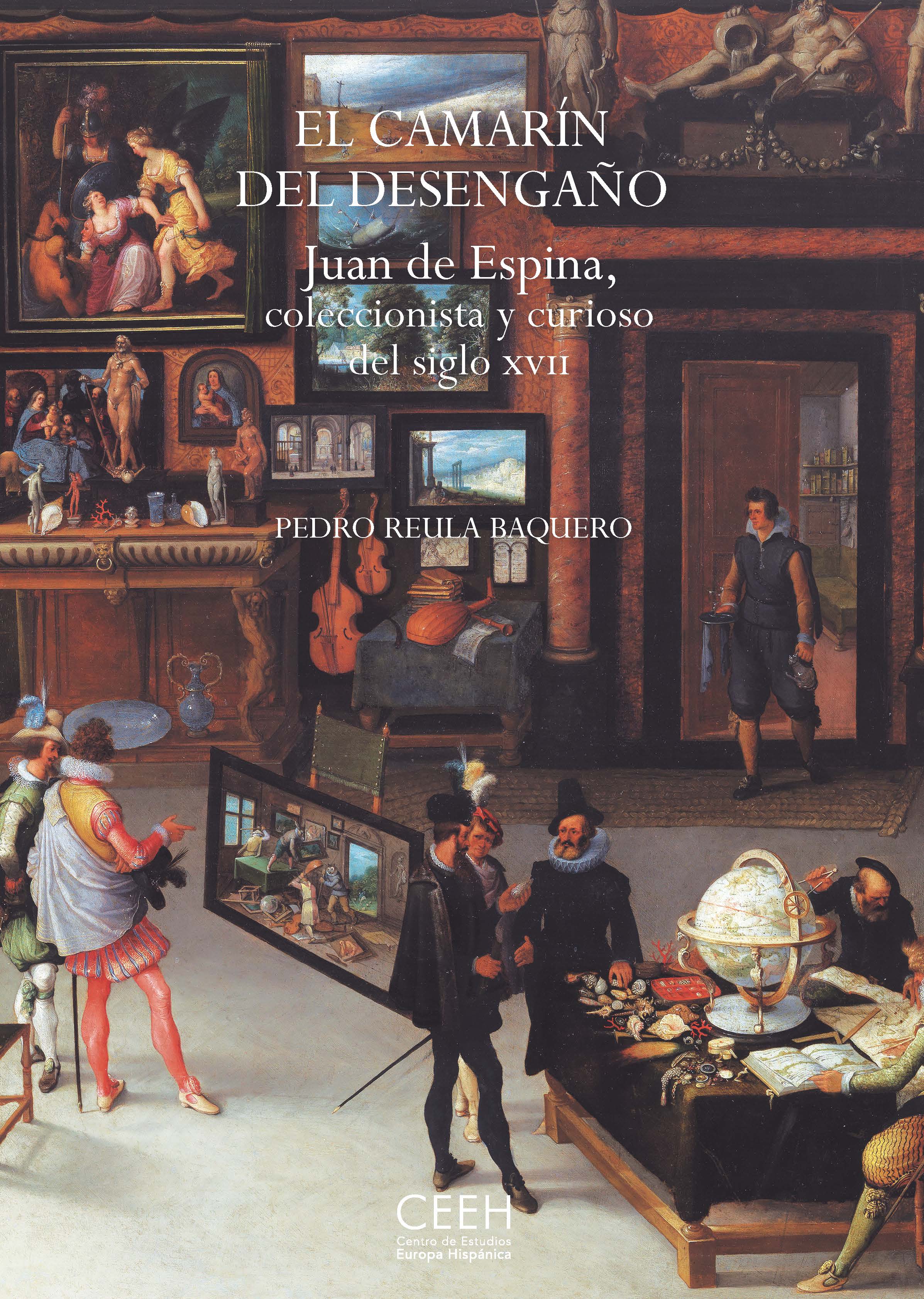Author
Pedro Reula Baquero
Characteristics
536 pages; 117 color illustrations; flapped paperback; 17 x 24,5 cm
Publication
Spanish; 2019
ISBN
978-84-15245-82-7
Price
€33,66
Juan de Espina Velasco (1583−1642), a nobleman of Madrid and cleric of minor orders, has gone down in history – initially as the unwitting protagonist of two eighteenth-century magical plays by the dramatist José de Cañizares and subsequently, in the twentieth century, as the enigmatic and jealous owner of the Leonoardo da Vinci manuscripts now in the Biblioteca Nacional de España. His early fame as a necromancer comes from rumours that circulated in his own day about the entertaining scientific activities he organised in his home in the form of natural magic shows, where, making use of a certain amount of technology, he put the audience’s credulity to the test. He also set out to bring back the lost genre of enharmonic music, which ordered the music scale perfectly and mathematically and with which the ancient musicians were said to work wonders on men’s nature and state of mind. In addition to the Leonardo codices, his home housed an exquisite collection of books, paintings, precious metalwork and ivory pieces – objects classified as naturalia and artificialia, which made up what we would now call a cabinet of curiosities, commonly known in Spain as a camarín.
Documentary and literary sources describe Juan de Espina as a man of many pastimes, extravagant for having assembled the instruments used to torture Rodrigo Calderón, and mad for wishing to part with the treasures he had amassed. An interpretation based on a neo-stoic approach lends a certain coherence to the apparent contradictions of Espina, who embodies the curious or virtuous type who sought wisdom in knowledge of the truth and virtue in the deceitfulness of earthly appearances.
Pedro Reula Baquero holds a doctorate in Art History from Zaragoza University and has published various articles on organology and art history in journals such as Anuario Musical, Boletín Museo e Instituto Camón Aznar, Ars & Renovatio and Tropelías. He teaches viola da gamba at the CIEM Federico Moreno Torroba and is a member of Los Músicos de Su Alteza, a group specialising in seventeenth- and eighteenth-century music and in recovering Spain’s musical heritage. He has performed with the group at many international festivals and has recorded three CDs for the French label Alpha.
Interview with the author in Radio Nacional de España

